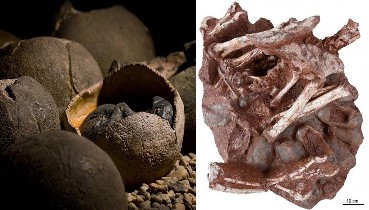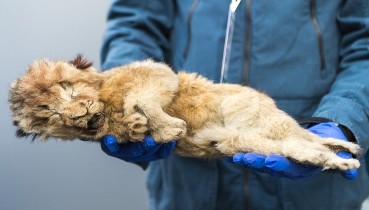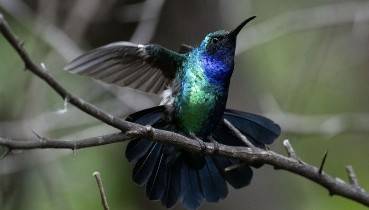
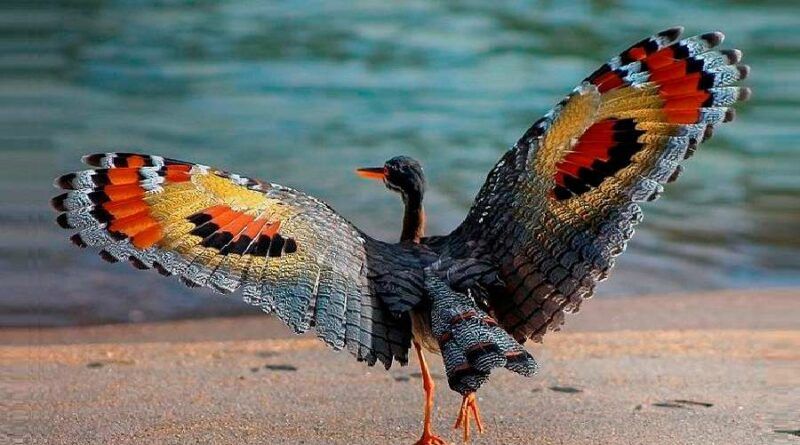
Meet the Sunbittern: The Bird with a Unique Wing Display
Have you ever heard of the sunbittern? If not, you are missing out on one of the most amazing birds in the world. The sunbittern is a bird of tropical regions of the Americas, and the only member of its family and genus. It has a striking wing display that reveals bright eyespots in red, yellow, and black. These are used for various purposes, such as attracting mates, intimidating rivals, or scaring off predators.
In this blog post, I will tell you more about this fascinating bird and why you should add it to your bucket list of wildlife to see. Here are some of the things you will learn.
What the sunbittern looks like and how it is related to other birds
The sunbittern has a long and slender neck, a stout body, and a small head. Its plumage is mainly brown with fine linear patterns of black, grey and white. Its bill is long and pointed, black above and orange below. Its legs are also orange in color.
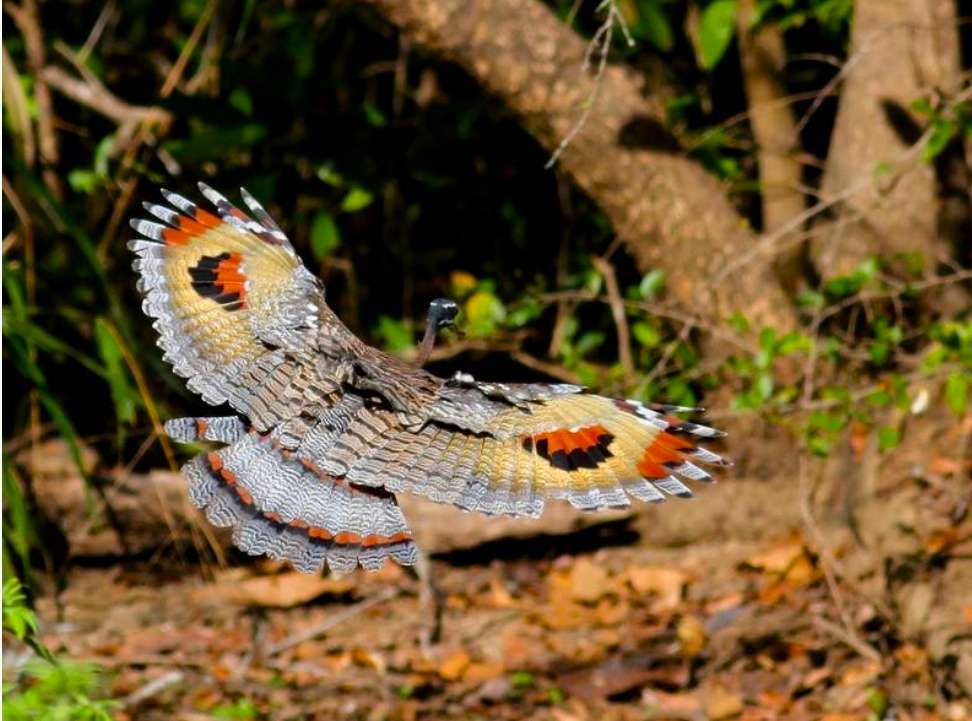
The sunbittern is related to the kagu, a rare bird from New Caledonia. They both have powder down, a special type of feather that produces a fine dust to keep them clean. They also have a similar wing display, which shows their evolutionary connection.
The sunbittern’s wing display is one of its most remarkable features. When it spreads its wings fully, it reveals bright eyespots in red, yellow, and black. These are located on the middle webs of its flight feathers. The eyespots look like large eyes or suns, hence the name sunbittern.
The sunbittern uses its wing display for different reasons. It can use it to attract a mate during courtship, by raising its wings and bobbing its head. It can also use it to intimidate a rival or an intruder, by lowering its wings and hissing. It can also use it to startle a predator or a potential threat, by flashing its wings and making a loud noise.
The sunbittern’s wing display is not only beautiful but also functional. It helps the bird communicate with others of its kind and survive in its environment.
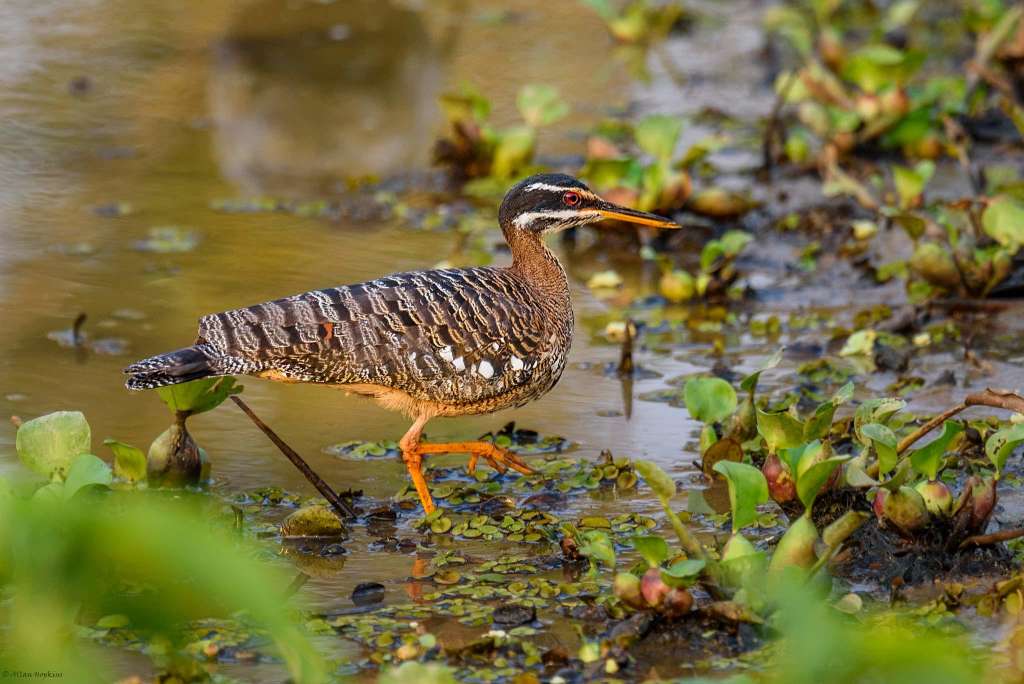
Where the sunbittern lives and what it eats
The sunbittern is found in Central and South America, from Guatemala to Brazil. It prefers lowlands, foothills and well-wooded banks of streams and creeks with shallow wading water. It avoids open areas and dense forests.
The sunbittern hunts fish, amphibians, crustaceans and insects by striking quickly with its neck and bill. It can also catch small vertebrates such as lizards or mice. It usually hunts alone or in pairs, but sometimes joins mixed-species flocks.
The sunbittern is often seen walking slowly along the water’s edge or perching on low branches. It can also fly gracefully with slow wing beats. When frightened, it will fly and perch in high trees, unfolding its tail and wings to show its eyespots.
The sunbittern is mostly active during the day, but sometimes hunts at night as well. It roosts in trees or bushes at night.
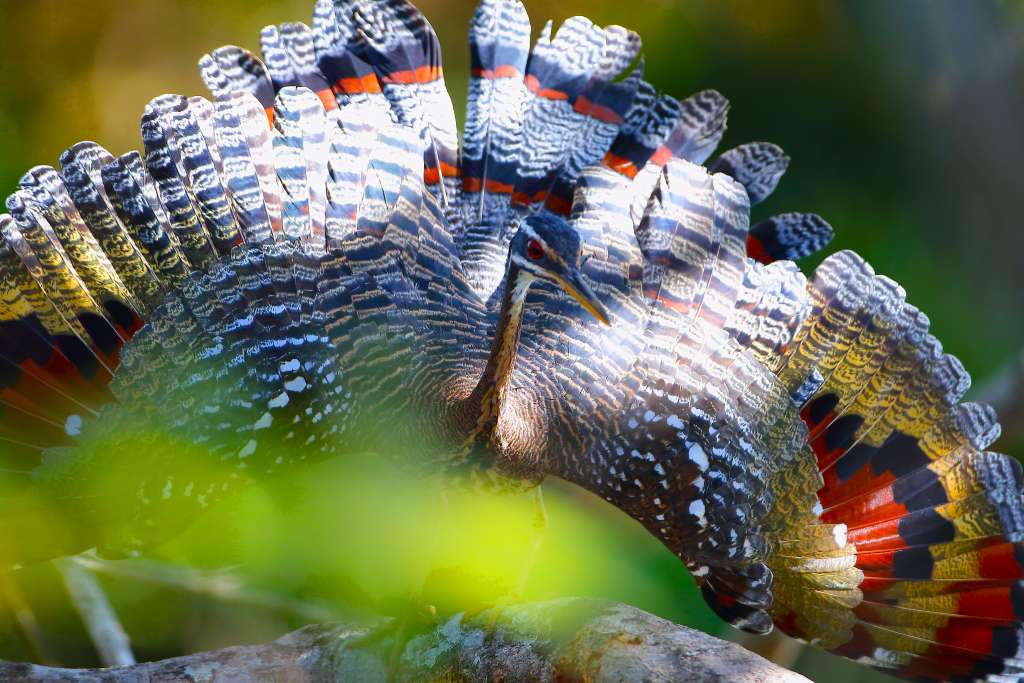
How the sunbittern breeds and cares for its young
The sunbittern breeds during the rainy season, which varies depending on the region. It forms monogamous pairs that stay together for several years.
The sunbittern builds a shallow cup-shaped nest of sticks, mud and decaying vegetables in a bush or tree. It usually chooses a site near water or overhanging water. The nest is about 10 to 20 feet (3 to 6 meters) above the ground.
The sunbittern lays two or three light brown eggs with dark spots and blotches. Both parents take turns incubating the eggs for about 28 days. The eggs hatch synchronously or within a day of each other.
The chicks are covered with brown down and have orange bills and legs. They are fed by both parents with regurgitated food. They leave the nest after about 30 days, but remain dependent on their parents for another month or so.
If a predator approaches the nest or the chicks, one of the parents will pretend to have a broken wing to distract the hunter. This is a common behavior among many birds, but the sunbittern does it with style. It will flap its wings and show its eyespots, making it look like a large and dangerous animal.
The sunbittern is a devoted and caring parent that protects its young from harm.
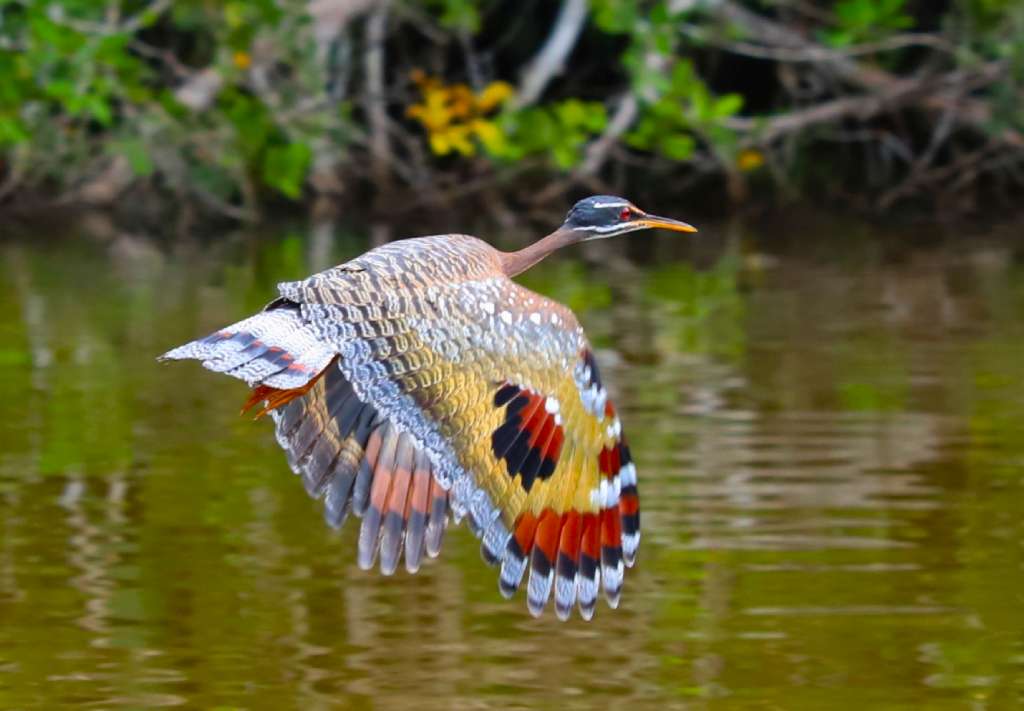
What threats the sunbittern faces and how we can help protect it
The sunbittern is currently classified as least concern by the IUCN, which means that it is not facing any major threats at the moment. However, it may face some challenges in the future due to habitat loss and degradation.
The sunbittern depends on healthy and intact riparian habitats, which are often threatened by human activities such as logging, agriculture, mining, dam construction, and pollution. These activities can reduce or destroy the sunbittern’s food sources, nesting sites, and hiding places.
The sunbittern may also be affected by climate change, which can alter its habitat and food availability. It may also be vulnerable to diseases or parasites that are introduced by invasive species or domestic animals.
The sunbittern is an elegant and fascinating bird that deserves more attention and appreciation. It is a unique and valuable member of the biodiversity of the Americas. We can help protect it by supporting conservation efforts that preserve its habitat and reduce human impacts. We can also raise awareness and educate others about this amazing bird and its wing display.
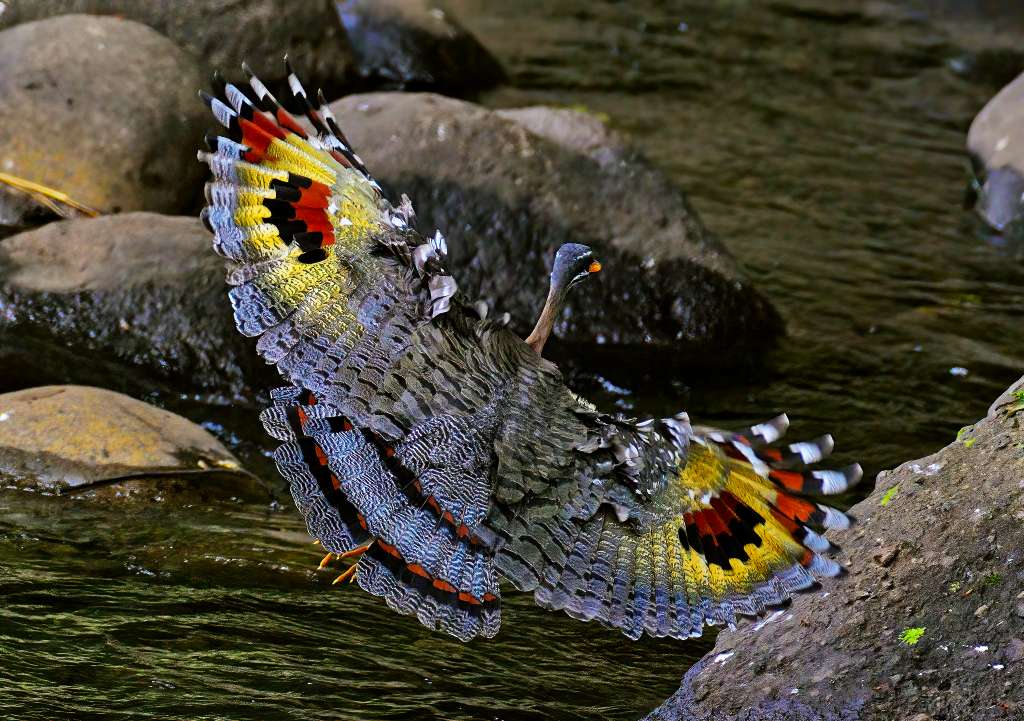
Conclusion
The sunbittern is a bird of tropical regions of the Americas, and the only member of its family and genus. It has a striking wing display that reveals bright eyespots in red, yellow, and black. These are used for various purposes, such as attracting mates, intimidating rivals, or scaring off predators.
The sunbittern has a long and slender neck, a stout body, and a small head. Its plumage is mainly brown with fine linear patterns of black, grey and white. Its bill is long and pointed, black above and orange below. Its legs are also orange in color. It is related to the kagu, a rare bird from New Caledonia. They both have powder down, a special type of feather that produces a fine dust to keep them clean.
The sunbittern is found in Central and South America, from Guatemala to Brazil. It prefers lowlands, foothills and well-wooded banks of streams and creeks with shallow wading water. It hunts fish, amphibians, crustaceans and insects by striking quickly with its neck and bill.
The sunbittern breeds during the rainy season, forming monogamous pairs that stay together for several years. It builds a shallow cup-shaped nest of sticks, mud and decaying vegetables in a bush or tree near water or overhanging water. It lays two or three light brown eggs with dark spots and blotches. Both parents take turns incubating the eggs for about 28 days. The chicks are fed by both parents with regurgitated food. They leave the nest after about 30 days, but remain dependent on their parents for another month or so. If a predator approaches the nest or the chicks, one of the parents will pretend to have a broken wing to distract the hunter.
The sunbittern is currently classified as least concern by the IUCN, but it may face threats from habitat loss and degradation in the future due to human activities such as logging, agriculture, mining, dam construction, and pollution. These activities can reduce or destroy the sunbittern’s food sources, nesting sites, and hiding places. The sunbittern may also be affected by climate change, which can alter its habitat and food availability. It may also be vulnerable to diseases or parasites that are introduced by invasive species or domestic animals.
The sunbittern is an elegant and fascinating bird that deserves more attention and appreciation. It is a unique and valuable member of the biodiversity of the Americas. We can help protect it by supporting conservation efforts that preserve its habitat and reduce human impacts. We can also raise awareness and educate others about this amazing bird and its wing display.
I hope you enjoyed this blog post about the sunbittern. If you did, please share it with your friends and family who might be interested in learning more about this bird. You can also leave a comment below to let me know what you think or if you have any questions.
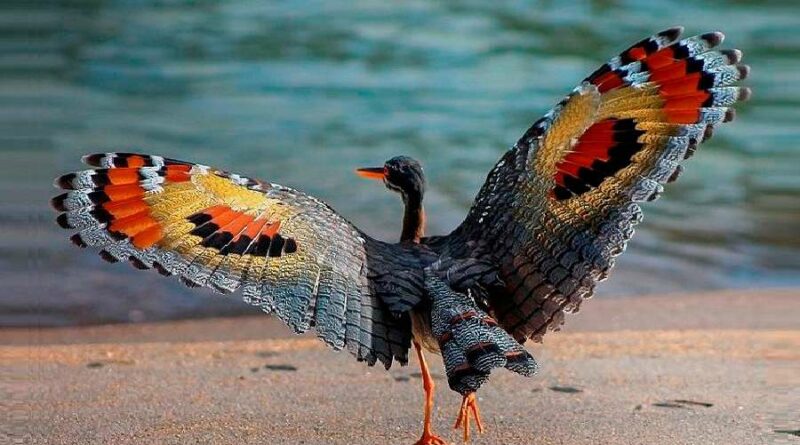
Recommended Videos
 Adorable Hamster Eating A Carrot In Bed, Wrapped In A Blanket43 views
Adorable Hamster Eating A Carrot In Bed, Wrapped In A Blanket43 views Be Careful, Deer Hunters! Rare Mountain Lion Sighting Confirmed In Southwest Arkansas64 views
Be Careful, Deer Hunters! Rare Mountain Lion Sighting Confirmed In Southwest Arkansas64 views-
Advertisements
 Giant Bubble Discovered By Divers Incubates a Plethora of New Life180 views
Giant Bubble Discovered By Divers Incubates a Plethora of New Life180 views Polish Pyramids: Megalithic Tombs Constructed During 4000 BC61 views
Polish Pyramids: Megalithic Tombs Constructed During 4000 BC61 views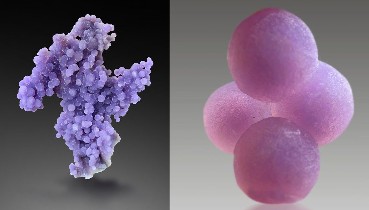 Rare Crystal From Indonesia Looks Like a Cluster of Grapes152 views
Rare Crystal From Indonesia Looks Like a Cluster of Grapes152 views Unveiling the enigmatic Gaboon Viper:1319 views
Unveiling the enigmatic Gaboon Viper:1319 views 50 Crazy Pics Of Mother Nature Doing Things On Its Own Terms2481 views
50 Crazy Pics Of Mother Nature Doing Things On Its Own Terms2481 views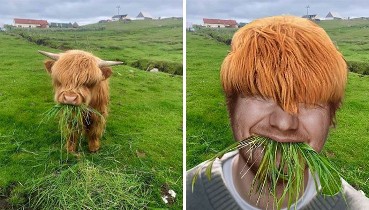 The Winners Of The Greatest Photoshop Battles Ever (117 New Pics)2321 views
The Winners Of The Greatest Photoshop Battles Ever (117 New Pics)2321 views
